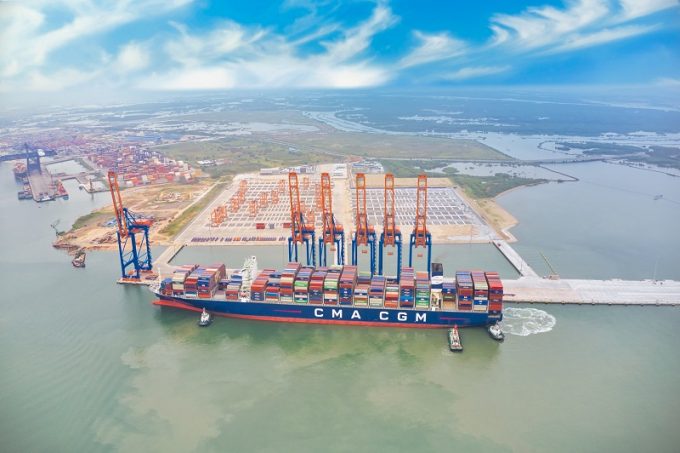MSC and CMA CGM gobble up capacity from non-operators
Don’t forget those intra-regionals…

Vietnam’s newest container terminal is open for business – completing a turnaround for the once under-utilised Cai Mep deepwater port.
Gemalink International Port (GIP), the fifth container terminal at Cai Mep, 50km south-east of Ho Chi Minh City, is a joint-venture between homegrown logistics group Gemadept and Terminal Link, a terminal operator part-owned by CMA CGM.
According to Alphaliner, the development of GIP has “quite some backstory”: the project was put on hold for a decade when the financial crisis hit in ...
Outlook for container shipping 'more uncertain now than at the onset of Covid'
Teamsters union vows UPS will be 'in for a hell of a fight' over jobs cull
Shippers warned: don't under-value US exports to avoid tariffs – 'CBP will catch you'
Cancelled voyages take the sting out of spot rate declines this week
New Houthi warning to shipping as rebel group targets specific companies
K+N CEO unveils impact of US import tariffs on China-origin goods
Blanked sailings in response to falling demand 'just a stop-gap solution'
More pressure on transpacific rates as carriers bet on a China-US trade deal

Comment on this article